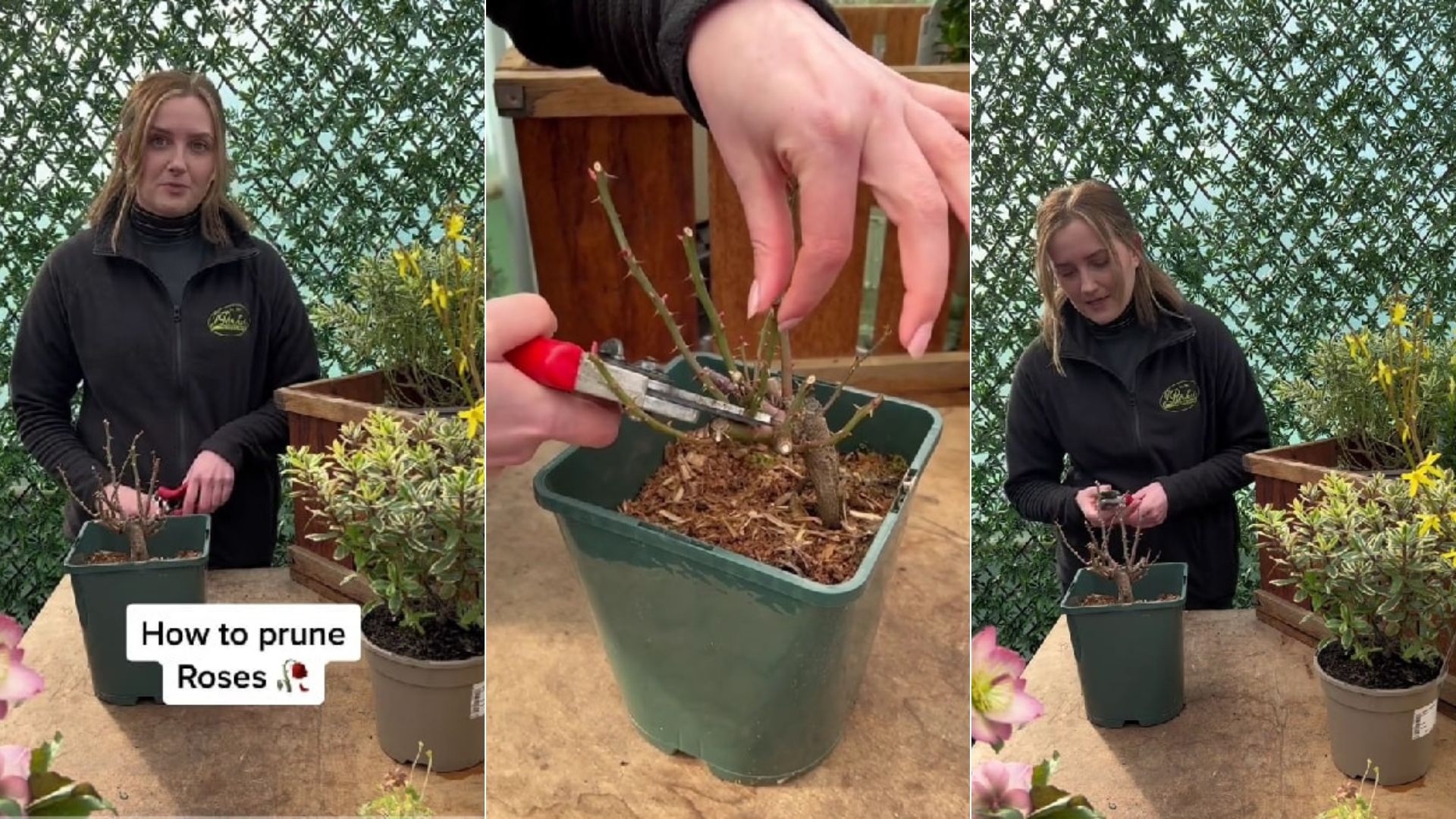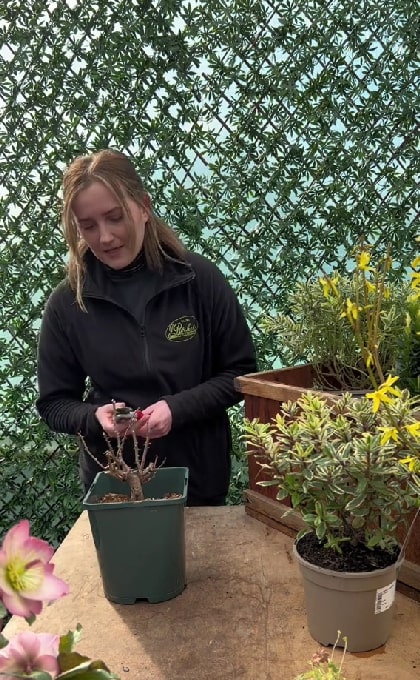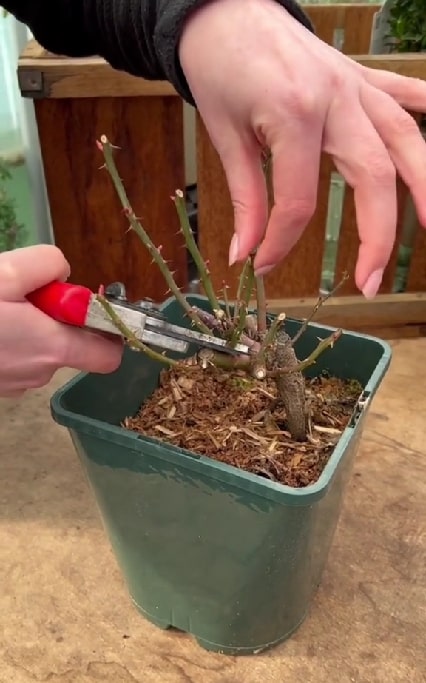Every gardener knows that pruning is an integral part of growing plants, whether you prefer vegetables or ornamentals.
But with over 320,000 species out there, it’s hard to know when to prune which plant.
And that’s how we come to roses. These shrubs benefit from a good trim while they’re dormant, and cutting them back in November can help you avoid some common diseases.
Content creator, gardener, and owner of the J. Parker website talks about it in their short video.
Let’s get started!
3 Steps Of Pruning Roses
Growing roses is fairly simple, but one thing you can’t skimp out on is pruning. Do it during dormancy, usually between November and late February, says Parker. You can even do it in March in some climates, and these shrubs will bloom prolifically in due time.
With roses you want to make sure that the center is as open as possible to allow good airflow into the plant, maintains Parker.
In return, this lowers the humidity and moisture that lingers on rose leaves, reducing the risk of fungal diseases such as black spot and mildew.
Here are the steps that can help you accomplish this chore as easily as possible!
#1 Remove Damaged Growth
The first thing you should do is assess whether there are any dead branches, diseased branches, or any damaged ones, warns Parker. They create easy access for diseases and only waste your plant’s energy.
If you leave them on your shrub, they will promote further dieback and put your rose shrub through more unnecessary risk.
#2 Prune Branches That Touch
Another thing to bear in mind is whether there are any crossing branches, continues J. Parker. They don’t pose an immediate threat to your rose bush, but their bark can get damaged due to all the rubbing.
This creates a wound that doesn’t heal easily and open wounds are an excellent way for diseases to find their way into your plants.
#3 Open The Center
A common practice when pruning trees, bushes, and shrubs is to open their centers. This serves a double purpose; it increases air circulation and prevents wind from breaking the branches.
When doing this, make sure to use clean and sterilized pruners and prune it at a 45° angle away from the bud. So what you can see now is that that slope is away from the bud and that means that when it rains, that water will drain away from the new bud and it won’t rot off, mentions Parker.
The general recommendation is to cut a little above the bud that faces outwards. That’s because the new shoots will sprout in the same direction and the goal is to train them to grow outwards and not inwards, where they can reduce air circulation and rub against each other.
The Reaction
@jparkersbulbs How to prune Roses! 🌹 Pruning Roses isn't as hard as you think. Ignore the instructions you find online, here's Hannah to show you just how easy it is to prune your roses. #gardening #gardentok #plantsoftiktok #gardeninspiration #plantparent #gardenhacks #plants #flowers #planttok ♬ original sound – J. Parker’s
The reactions to J. Parker’s video on pruning roses were positive, with platform users saying what a great video it is and being thankful these tips are out there.
What do you think about this? Tell us in the comments below!





